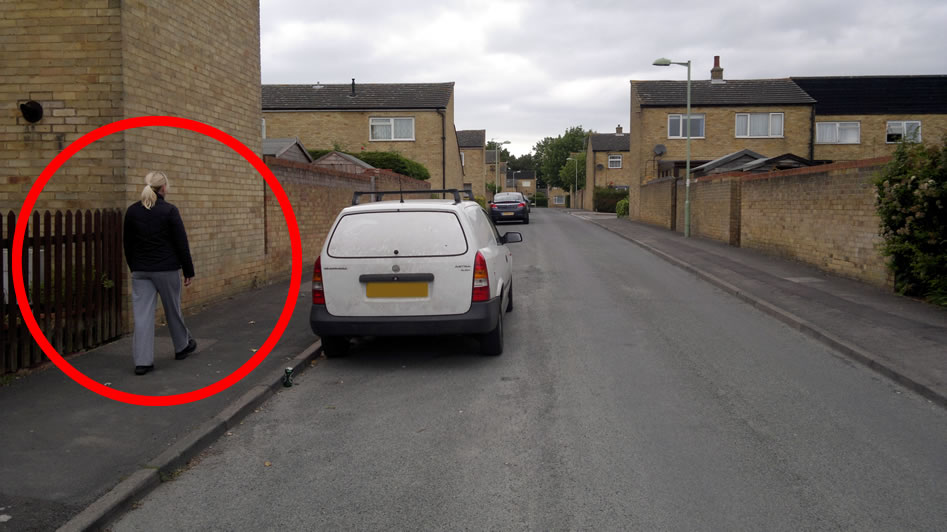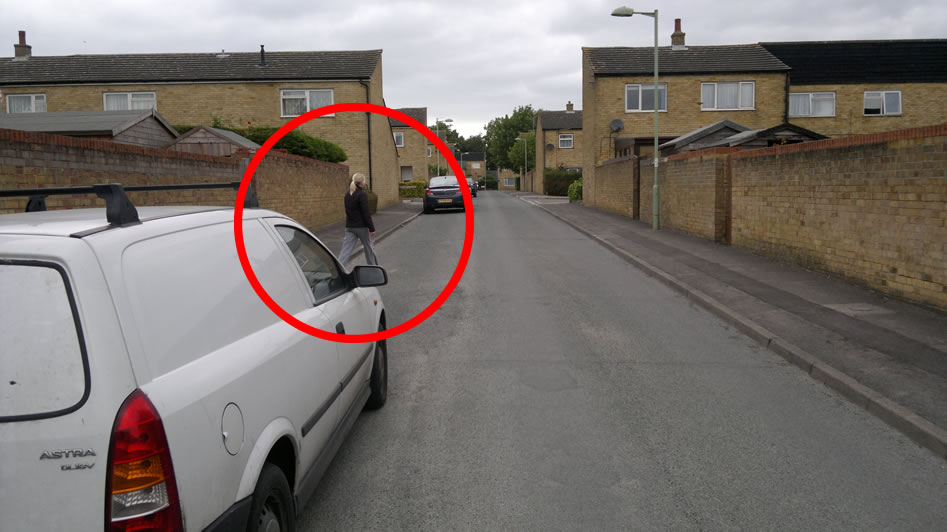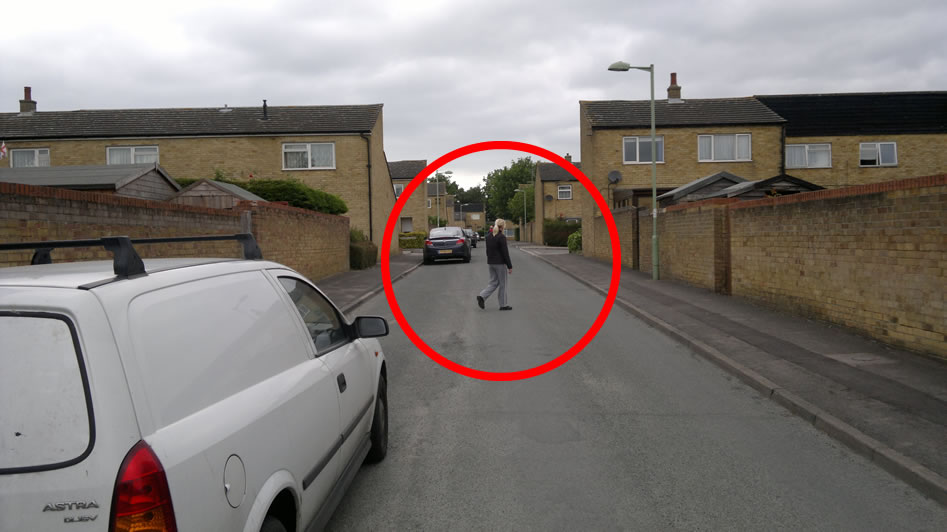This tutorial will provide an explanation of the theory test, what’s involved, plus tips and advice on how to pass the car theory test and is developed by qualified individuals who have experience in teaching such matters.
For some, the theory test is straightforward and relatively easy to pass. For others, no matter how many times they attempt it and as close as it gets, they just can’t get that all important pass. Firstly, for those that are new to the car theory test, let’s explain a little about what it is and what you should expect.
After an explanation of the theory test, as experienced and qualified driving instructors, we shall then pass on some useful tips and knowledge that should help you pass.
The car theory test is divided into 2 sections; the theory part and the hazard perception part. You will need to pass both part of the test to pass the theory test.
CAR THEORY TEST EXPLAINED
The theory section of the test is made up of multiple-choice questions. You will sit down in front of a computer monitor. The computer monitor may be touch screen and you will have the option of using a computer mouse to click your answers.

Before the test starts, you will be given on-screen instructions of how it works and what to expect. After the instructions, you will be given the option to take a practice session. You can choose to skip this if you wish. After the practice session or if you skipped it, the real test will begin.
Multiple choice car theory test
You will be given a question on the computer monitor with several possible answers. Use the mouse or if applicable, touch the screen to select your chosen answer. Some questions may need more than one answer. It will make you aware that it requires more than one answer on-screen. You are able to flag questions that you are not sure about to come back later, you are also able to move between questions if you wish to do so. Some of the car questions will be based on a case study. An example of a case study will be to:
- show a short story that 5 questions will be based on
- focus on real life examples and experiences that you could come across when driving
For the car theory test, the pass mark is 43 out of a possible 50 questions. You are entitled to 57 minutes to complete the test. Once completed you are offered a 3 minute break. Again, you can skip this and continue to the hazard perception part of the test.
Hazard Perception test
Before the hazard perception part of the test starts, you will be shown a demonstration video clip of how it works and what to expect. After the demonstration, the test will begin. A series of 14 video clips will be shown to you on the computer screen. The video clips will feature scenes that take place on a daily basis. Each scene will last around 1 minute and will contain at least one developing hazard. One of the clips however, will feature two developing hazards. A situation that may require you to change speed or direction is a developing hazard.
Hazard Perception scoring
The earlier you spot a developing hazard and click the mouse button, the higher the score you will receive. The highest score possible for each developing hazard is five points. The system is designed to detect cheating, so constant mouse clicking will result in a message appearing after the clip announcing that you have scored zero for that particular clip. Out of a possible 75, 44 points must be scored in order to pass the hazard perception part of the theory test. Below is an example of a typical scenario that you are likely to see in everyday driving and on the hazard perception test.

Potential hazard
At this point, the lady only represents a potential hazard. As she is not a developing hazard, clicking at this time will gain zero points.

Developing hazard
Now as the lady changes direction towards the road, she becomes a developing hazard. At the time she changes direction towards the road would be where the highest points of 5 will be gained. The longer it takes you to realise the developing hazard and the further into the road she walks, the less points will be gained from 5 points down to 1.

Actual hazard
The lady is now in the direct path of your car and has become an actual hazard. At this point if the mouse has been clicked, you have failed to spot the developing hazard and zero points will be gained.
Car theory test tips
It seems like there is a never ending amount of theory test questions and of course all the answers that must be remembered. A large percentage of the questions are relatively easy and common sense.
- As with the hazard perception part of the car theory test, find a driving school and taking driving lessons with a fully qualified driving instructor will aid you in passing the theory test. There will be many scenarios that you will come across during your driving lessons that will closely relate to certain questions in the theory test.
- Once you have read over the car theory test questions, make a note of the ones you are struggling with. Filter out incorrectly answered questions. Although you will need to revise the questions answered incorrectly, it will be of benefit long-term and for when you take the theory test if you know the actual reason of the answer to a question. Ask your driving instructor to set aside some lesson time to explain the answers to questions you are struggling with. It is much easier to answer a question when you know the reason for the correct answer.
Hazard perception test tips
The types of potential hazards you will need to beware of are as follows:
- Pedestrians crossing the road
- Cyclists emerging from side roads
- Cyclists moving into your path to avoid something such as a parked car
- Vehicles emerging from side roads
- Vehicles moving off from a parked position or a driveway
- Large vehicles moving onto your side of the road
- Meeting oncoming vehicles on narrow roads
- Children playing next to the road
- Animals running into the road
- Junctions that are hidden and difficult to see
- Parked vehicles
HAZARD PERCEPTION TEST TIPs continued
- It is a little difficult to fully understand a potential hazard from a video screen. The best way to learn is to take driving lessons from a fully qualified driving instructor. As soon as you receive your provisional driving licence, take some driving lessons. As you will be in control of the car, it will help you become aware of all the potential hazards. Your instructor will be continuously pointing out these hazards until you are aware of them independently.
- As a passenger driving with friends or family, train yourself to spot as many potential hazards throughout the journey.
- Although constantly clicking throughout the entire video clip is likely to result in a fail, don’t be afraid to click on several occasions as soon as you see a developing hazard. I have heard of individuals constantly failing the hazard perception part of the theory test as they thought that only 1 click was permitted in each video.
Booking your car theory test
To book a theory test and for current test fees, see book theory test. The theory test can be booked online at the official direct.gov website. There is no booking fee if booked through the official website. It is worth being aware of websites offering to book your theory test for you. These website services will charge you the theory test fee of £25 plus a booking fee.

hi can you help t me to book test with you im 17 now
Jack
Hi Jack, if you follow the book a theory test section, you will find links to booking your theory test online through the official DVSA website. You can choose the theory test centre of your choice.